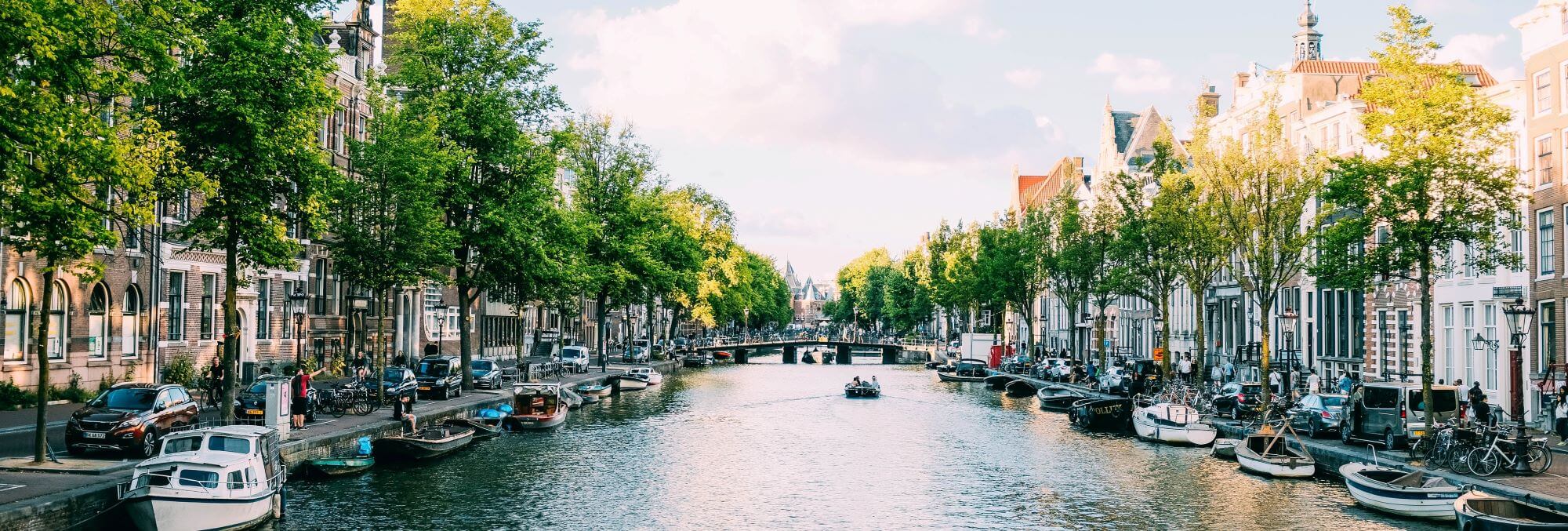
Amsterdam
Amsterdam aims to be climate neutral by 2050. To achieve that, the City will work to reduce its greenhouse gas emissions by 55% from 1990 levels in 2030 and by 95% by 2050. Following dialogues with the public and private sector, in 2019 the city presented the Amsterdam Climate Accord outlining how it wants to achieve these goals. This ‘Roadmap’ to climate neutrality identified the four main sectors in which the city needs to take action: the built environment, traffic & mobility, electricity, and industry & harbour.
For each of these sectors, the City has set up ambitious sustainability goals. All buildings in Amsterdam must be natural-gas free by 2040 and be sustainably heated. In 2030, all local traffic in Amsterdam must be emission-free, with the city providing enough space for pedestrians and cyclists. A further aim is to produce renewable energy at maximum capacity. This means that by 2030, 80% of electricity consumed by households should be produced by wind or solar power. Finally, the harbour aims to become a “sustainable battery for the city, the region and Europe.”
Amsterdam emphasises that this energy transition should be a just transition, in which the costs and benefits are distributed fairly and each citizen has equal access to the decision-making process. That is also visible in the way the City aims to employ AI and other new technologies. It has set up a Digital Agenda, striving to make Amsterdam a “free, inclusive and creative digital city.” To that end, the city has become part of a worldwide digital rights coalition, aiming to give citizens a say on their data and the way it is collected.

City updates:
May 2020: There is only one moment to be on time
November 2020: Helsinki and Amsterdam work together to ensure transparent use of AI